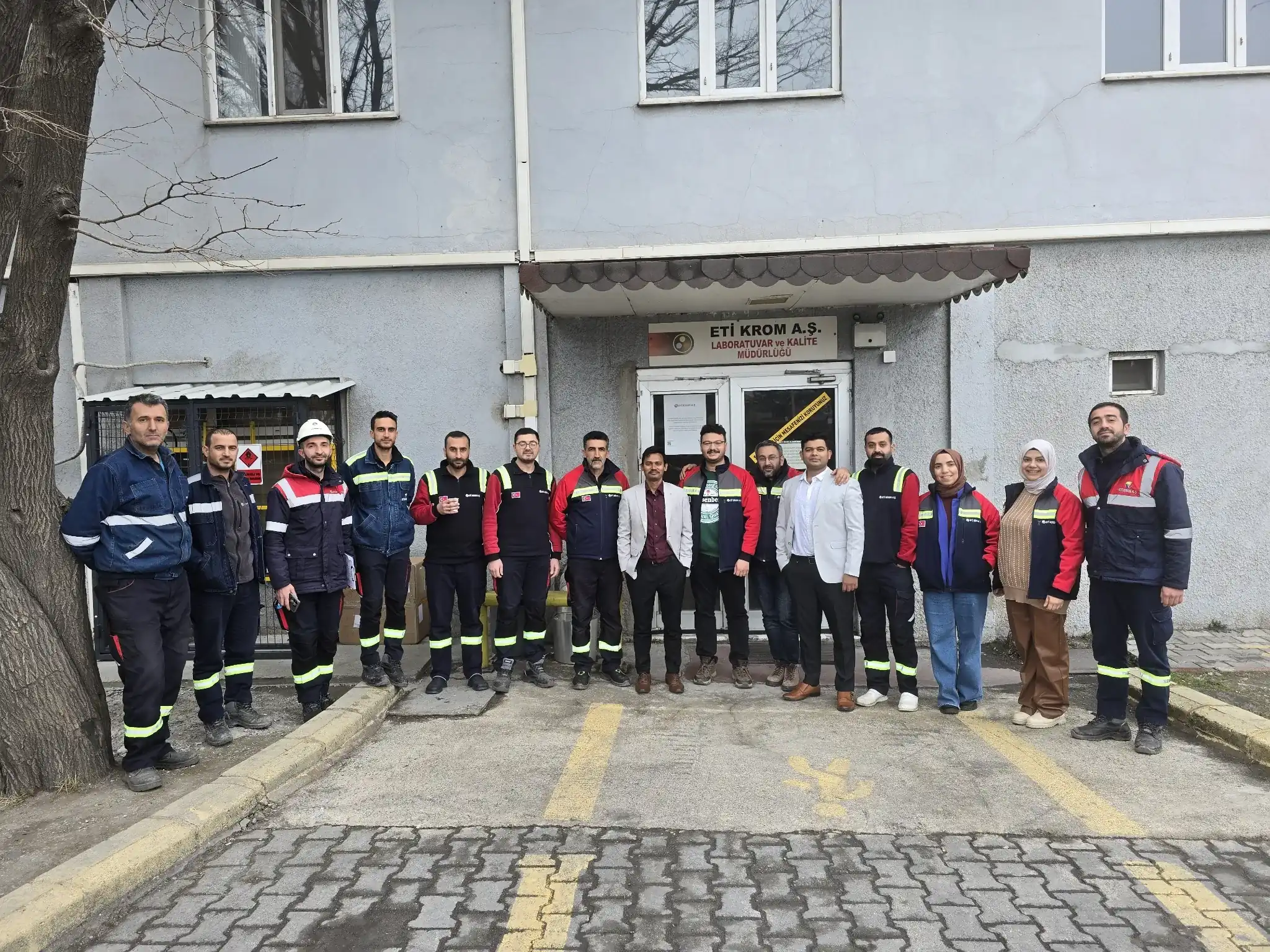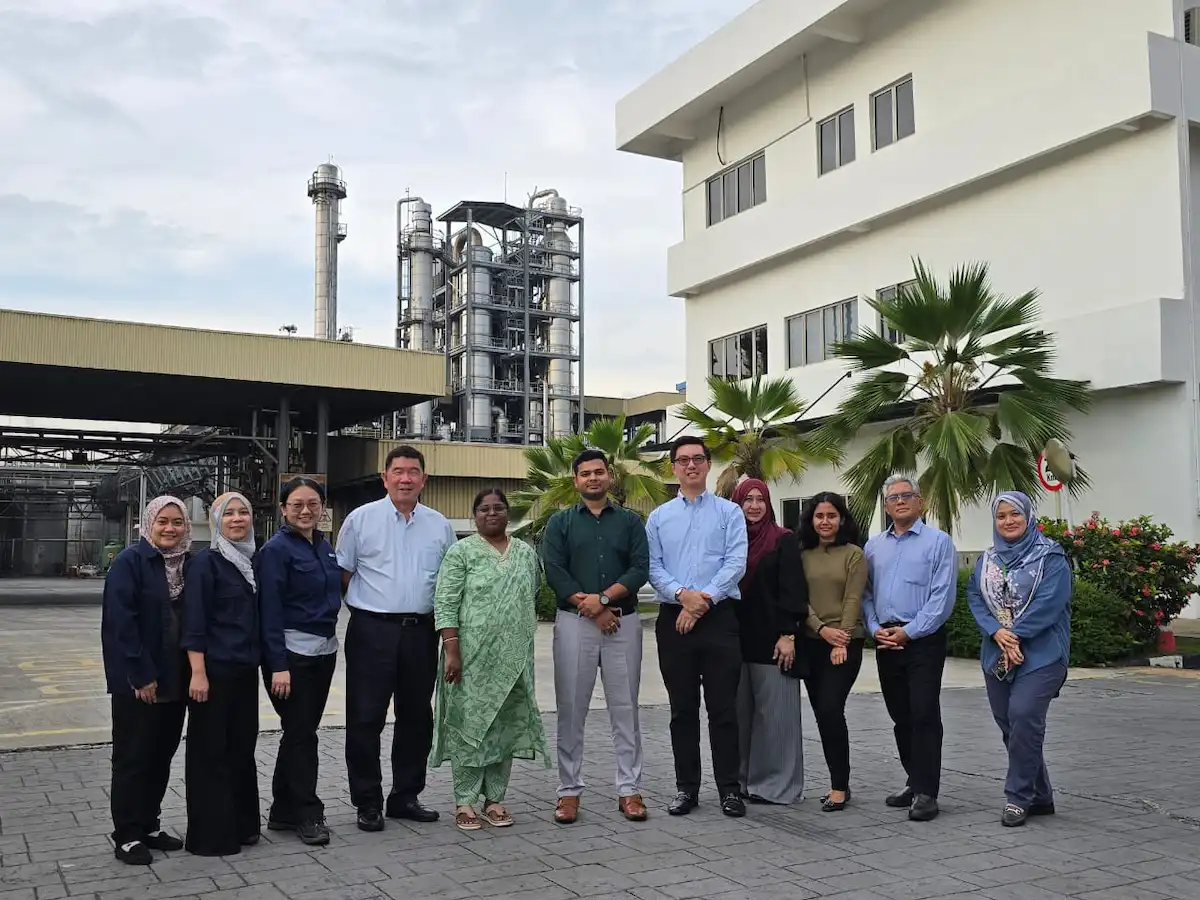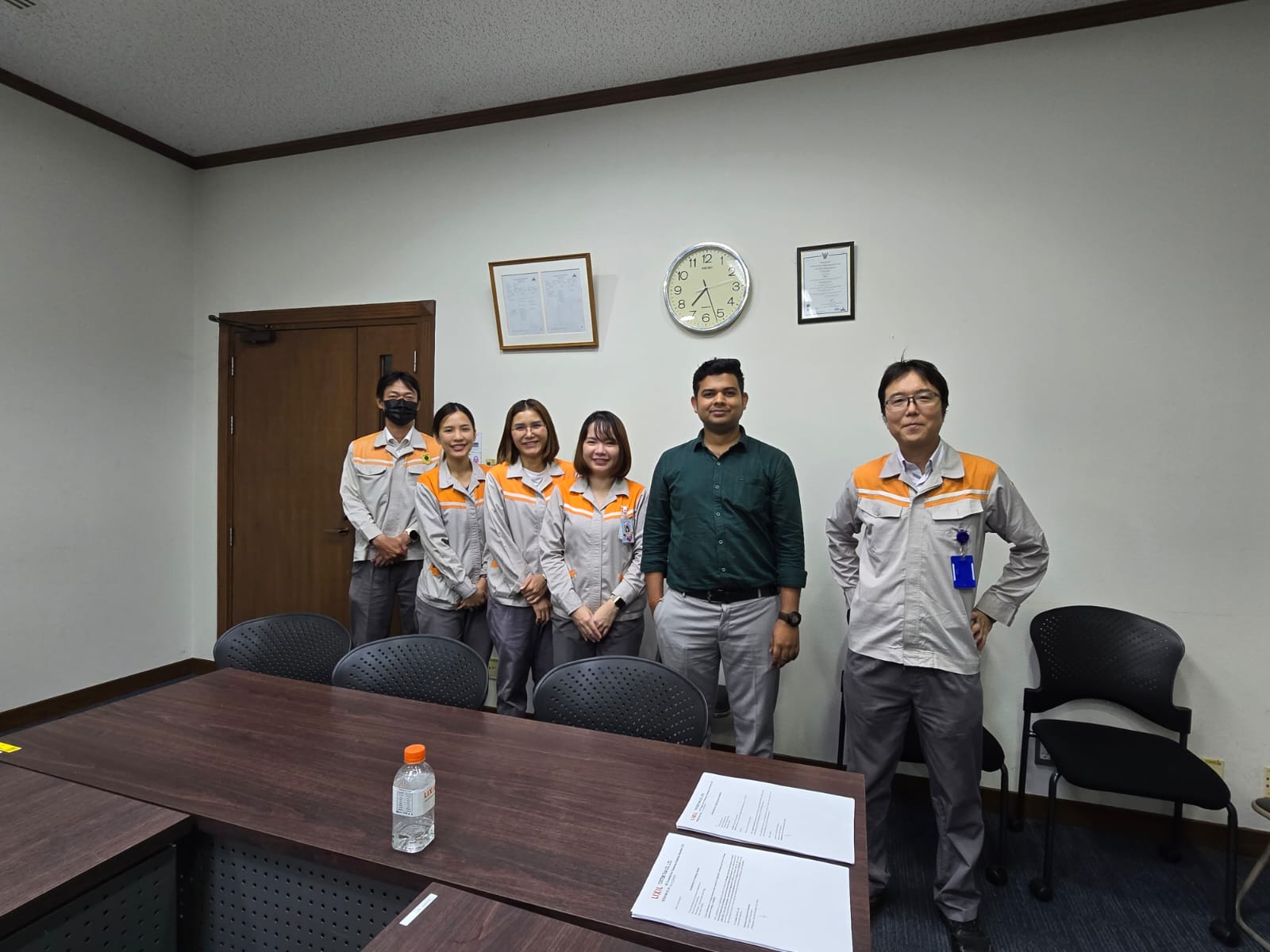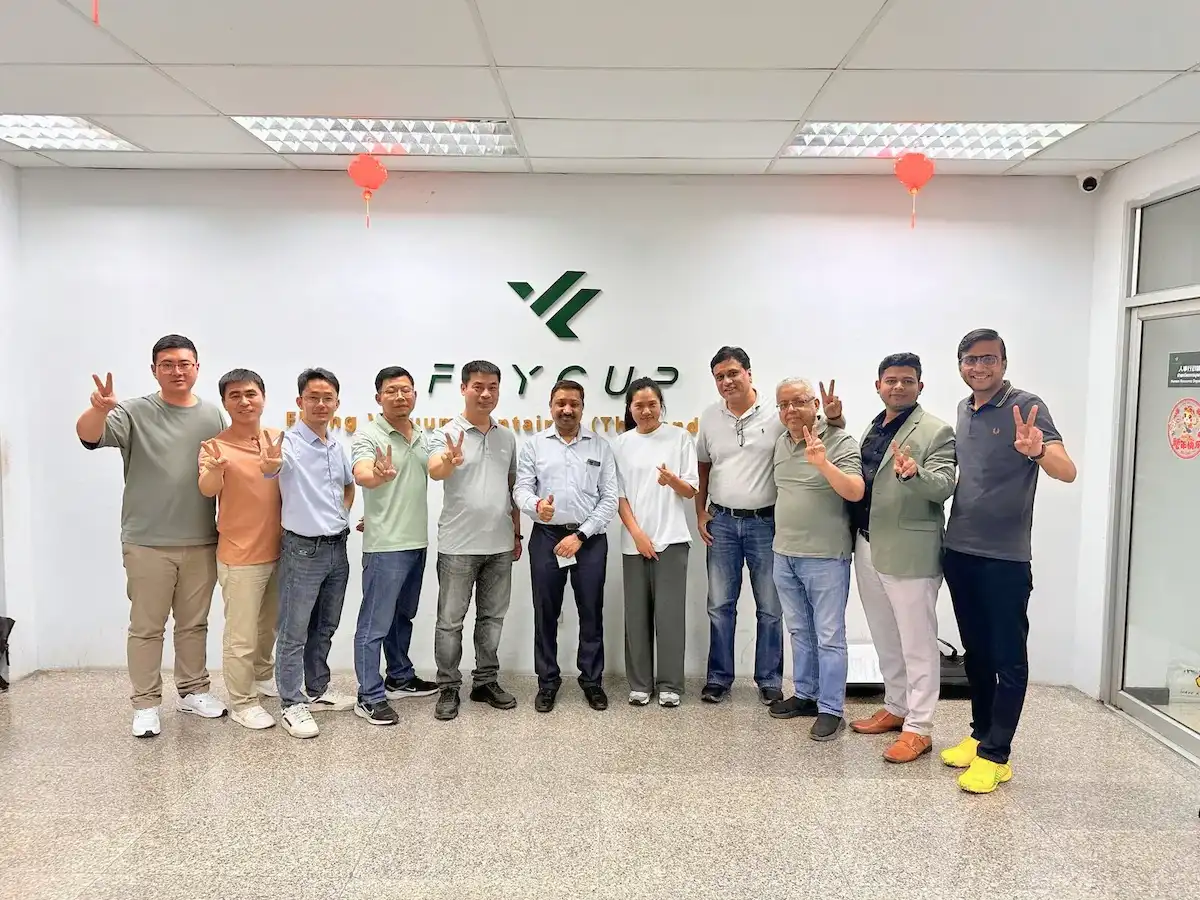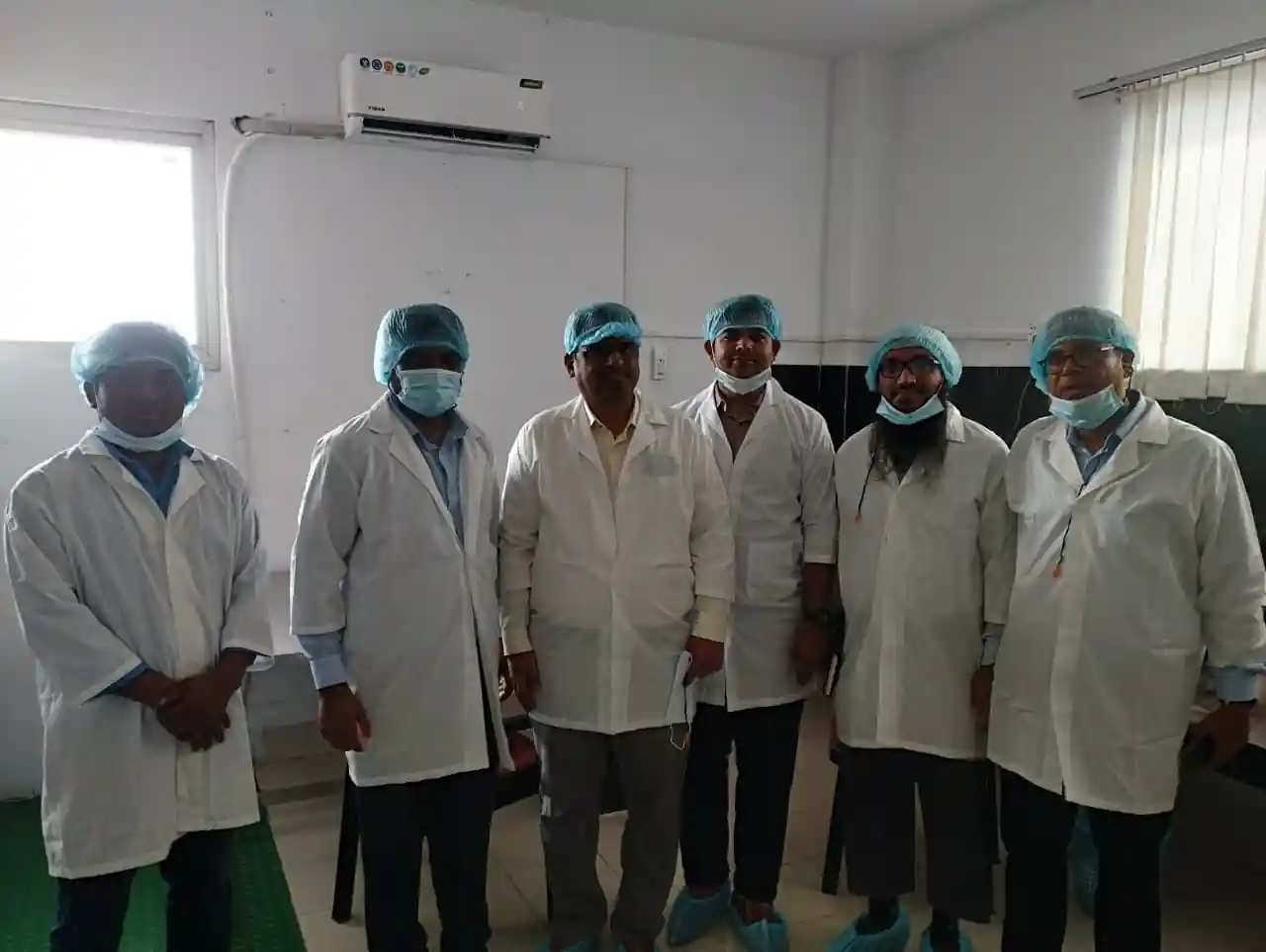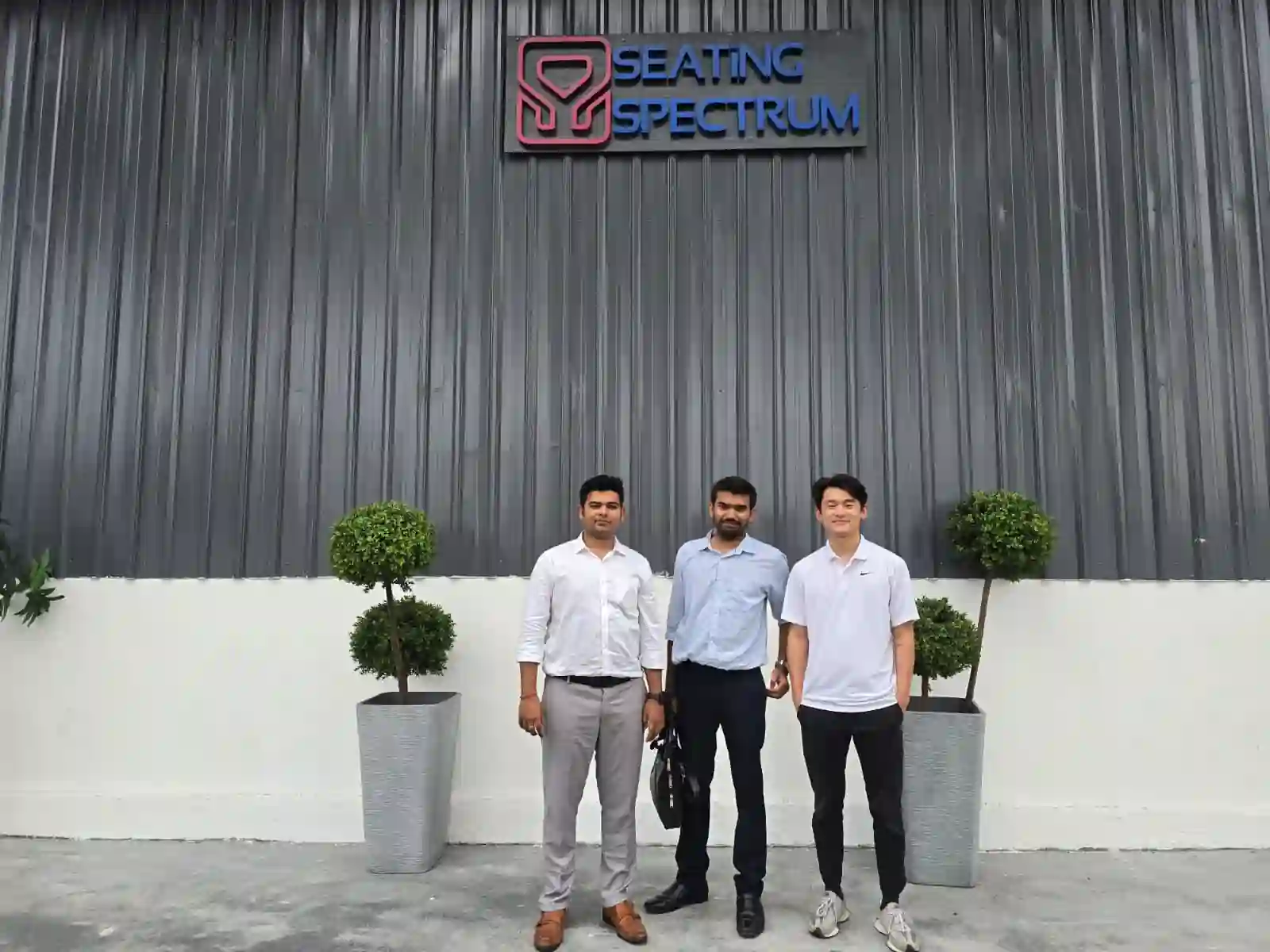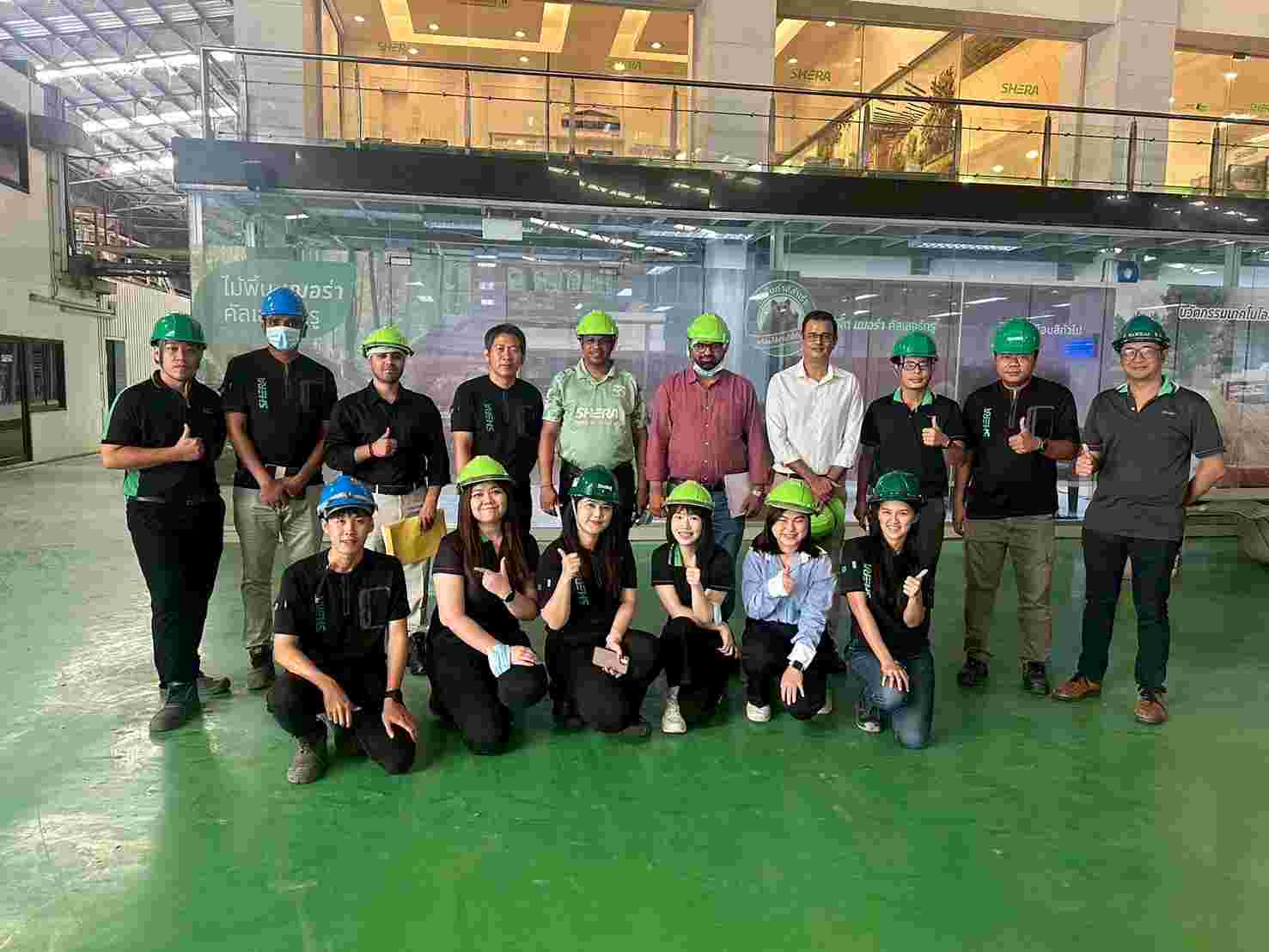Get A Quote
BIS Certification for Steel for Hardening and Tempering—Specification IS 5517: 1993

The BIS
Certification for Steel used in hardening and tempering, specified by IS 5517:
1993, ensures that steel products meet essential quality and safety standards
for industrial use. This certification is a must for manufacturers, aligning
them with Indian regulations and guaranteeing the durability, strength, and
reliability of their products.
It confirms that the steel used in automotive, machinery, and tool production meets specific chemical compositions and mechanical properties. The BIS Certification for Steel for Hardening and tempering – Specification IS 5517:1993 boosts product credibility, enhances market acceptance, and ensures legal compliance, making it important for businesses seeking regulatory approval and the trust of consumers.
Introduction
BIS Certification
for steel used in hardening and tempering, outlined in Specification IS 5517:
1993, plays an essential role in ensuring the quality and reliability of steel
for important applications. This standard, which is part of the Steel &
Steel Products (Quality Control) Order, 2024, lays out strict requirements
regarding chemical composition, mechanical properties, and heat treatment
processes. By adhering to BIS Certification for Steel Used in Hardening and
Tempering—Specification IS 5517:1993, manufacturers can guarantee that their
materials meet Indian safety and performance standards, boosting both
durability and strength. Manufacturers need to secure BIS certification to
market their products legally in India.
Why is BIS Certification necessary for steel for hardening
and tempering—Specification IS 5517: 1993?
When it comes to
steel used for hardening and tempering, having BIS Certification (Specification
IS 5517: 1993) is critical. This certification ensures that the steel meets
essential quality standards, including the right chemical composition,
mechanical properties, and performance criteria. It effectively boosts product
reliability, enhances safety, and promotes consumer confidence. Plus,
manufacturers must obtain BIS certification to sell or distribute steel in
India, which helps keep substandard materials out of the market and ensures
uniformity in industrial applications.
Overview of Indian
Standard IS 5517 : 1993
The Indian Standard IS 5517: 1993 outlines what you need to know about the steels designed for hardening and tempering applications. It dives into the specifics of chemical composition, mechanical properties, heat treatment processes, and testing methods, all aimed at ensuring you get high-quality steel for industrial purposes. Sticking to this standard means you're guaranteed steel that's durable, strong, and performs well even in critical applications. Plus, the BIS Certification for Steel for hardening and tempering – Specification IS 5517: 1993 is essential for manufacturers to comply with regulations, making sure their products are reliable and accepted in India's competitive steel market. This certification boosts the manufacturer's credibility and confirms adherence to safety and quality standards.
Process for BIS Certification
The BIS certification process for Steel for hardening and
tempering (Specification IS 5517: 1993 involves multiple steps designed to
thoroughly evaluate a product's compliance with the required standards. Here is
a general overview of the certification process:
1. Application Submission:
Manufacturers must submit an application form along with the required
documentation to BIS.
2. Documentation Review: BIS
reviews the submitted documents to ensure completeness and correctness.
3. Factory Inspection: BIS
officials conduct an on-site inspection of the manufacturing facility to assess
the production process and quality control measures.
4. Sample Testing: Product samples
are taken and tested in BIS-approved laboratories to verify compliance with
Indian standards.
5. Certification Grant: Upon
successful completion of the inspection and testing, BIS grants certification,
allowing the manufacturer to use the BIS mark on their products.
Documents Required for BIS Certification
To apply for BIS certification, manufacturers need to submit the following documents:
● Application form
● Manufacturing process details
● Quality control plan
● Test reports from BIS-approved laboratories
● Factory layout and equipment details
● Proof of business registration
● Product specifications and technical details
● Declaration of conformity to Indian standards
Additionally, manufacturers may be required to provide proof of compliance with environmental and safety regulations, depending on the specific type of product being certified.
BIS ISI Mark Certification Costing And Timeline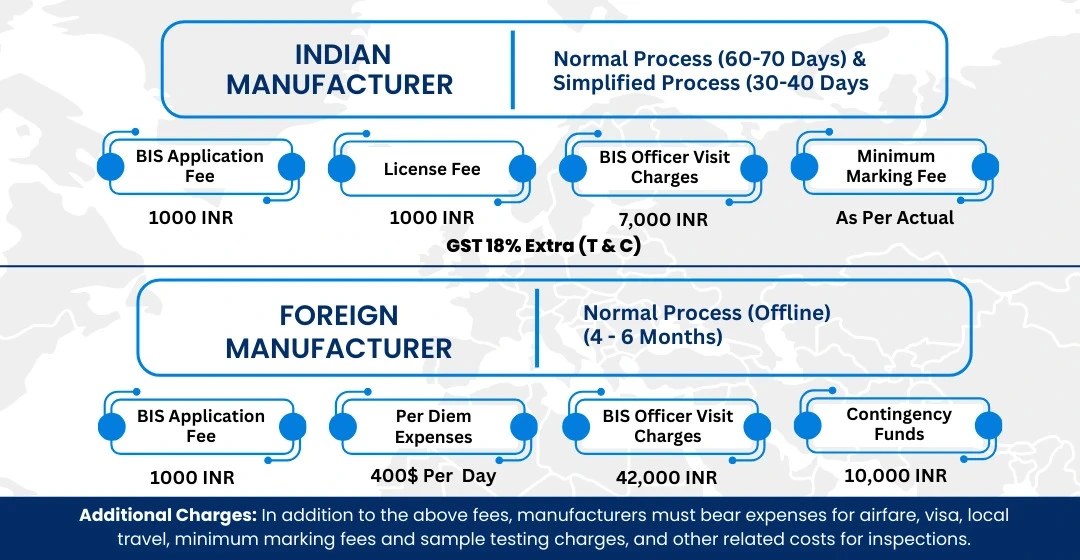
To Know The Process in Detail, Please Visit:
Under BIS Registration Products ISI and CRS
Conclusion
Getting BIS
Certification for Steel for Hardening and Tempering—Specification IS 5517:
1993—is really important for making sure your product meets quality, safety,
and Indian standards. Having this certification can considerably boost your
credibility in the market, increase consumer trust, and make trade a lot
smoother. At EVTL India, we’re here to help manufacturers navigate the BIS
certification process, making sure that all the necessary regulations are
easily handled. Our expert consultancy services take the stress out of the
paperwork, testing, and approval so you can focus on what you do best. With our
deep industry knowledge and practical experience, we make securing the BIS
Certification for Steel for Hardening and Tempering—Specification IS 5517: 1993
a breeze. Earning this certification means manufacturers not only comply with
legal requirements but also gain an edge in the competitive steel industry.
Rely on EVTL India to make your certification journey smooth and efficient,
ensuring your products align with the highest industry standards.
Free Call Back
Latest News & Update
📅 BIS Critical Component List (CCL) Updates for Solar PV Modules
🕒 BIS Fee Concessions for MSMEs and Startups | EVTL India
📅 Guidelines for Implementation of Essential Requirements for Security of CCTV
🕒 Omnibus Technical Regulation (OTR) Amendment Order, 2025
🕒 Extension of Timeline for Filing Annual Returns by Battery Producers
📅 Extension of Timeline for Filing Quarterly and Annual Returns for E-Waste
🕒 Extension of Concurrent Running Period for IS 302-1: 2008 and IS 302 (Part 1): 2024
🕒 BIS Guidelines for Grant of Licence (GoL) | EVTL India
📅 CPCB Guidance on filing of Application, Fees and more
🕒 CPCB Notification on Labelling of Plastic Packaging
📅 Mandatory Compliance for Input Materials of Steel and Steel Products for Imports
🕒 BIS Guidelines for Scheme-X Certification for OTR-Regulated Products
📅 BIS Upgrades Product Certification License Numbers to 10-Digit Series
🕒 BIS Certification No Longer Mandatory for 14 Chemical & Polymer Categories
Why Choose EVTL INDIA
Expertise in Indian Regulatory Standards
End-to-End Support
Trusted by Top Indian & Global Brands
Fast Processing & Transparent Pricing
Strong Liaison with Indian Authorities
Company Profile
